Making the decision to install hardwood floors means that you will soon have gorgeous flooring in your home.
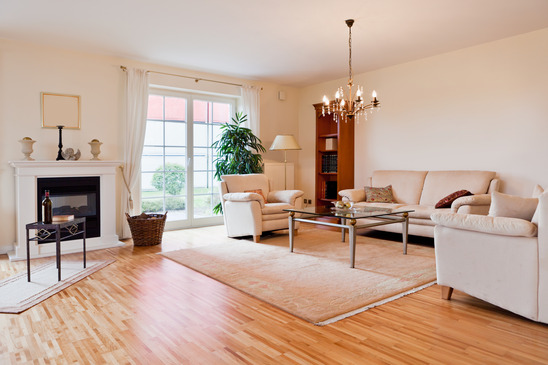 However, simply making this decision is not all that you have to do. Now that you know you want hardwood flooring in your home, you have to decide between glue-down floors or floating floors. Understanding the difference between both types of flooring will help you decide which one is right for you.
However, simply making this decision is not all that you have to do. Now that you know you want hardwood flooring in your home, you have to decide between glue-down floors or floating floors. Understanding the difference between both types of flooring will help you decide which one is right for you.
Glue-down floors are just that – they are the kind of floors that must be glued down in order to secure them. These types of floors cost a bit more than floating floors. They are thinner and require a moisture barrier to keep moisture at bay.
With this type of flooring, you lay the planks down and glue them to the underlying floor. If a plank ever needs replaced, you only have to remove the damaged plank and replace it with new.
Floating floors differ from glue-down floors because they are not attached to the underlying floor. You will not need any glue or nails with floating floors. Instead, the planks attach to each other and the floor “floats” above the underlying surface.
These types of floors are cost-efficient, so if you are on a budget, this might be the best choice. However, if one of the planks ever needs repaired, you will have to remove a large section of flooring to replace the damaged plank.
When deciding between floating floors and glue-down floors, it is important to keep your budget in mind, as well as your long-term usage. You want a quality floor that will last for many years. With glue-down floors, you can sand and re-finish the floors after a few years of use. With floating floors, you do not have that option, but they are more affordable than glue-down floors up front.
Ultimately, choose the type of flooring that best fits your needs and personal preferences.

For all of your Denver Hardwood Flooring needs visit our site today.
 Bamboo flooring is a popular type of flooring for many reasons. However, it has its drawbacks, just like any other type of flooring. Here is a closer look at the pros and cons of bamboo floors.
Bamboo flooring is a popular type of flooring for many reasons. However, it has its drawbacks, just like any other type of flooring. Here is a closer look at the pros and cons of bamboo floors.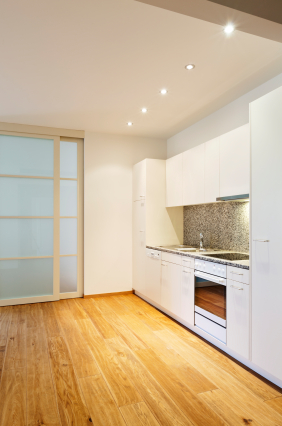 So, what is the difference between the two options? Are there times when one option is better than the other? How do you choose between pre-finished and unfinished flooring?
So, what is the difference between the two options? Are there times when one option is better than the other? How do you choose between pre-finished and unfinished flooring? Parquet flooring is made up of wood pieces that are joined together to create a mosaic-like effect. Original parquet flooring was made from blocks of different wood. It was laid over tie bars in patterns and nailed into place. This type of flooring became very popular among the wealthy in the 1700s. It sometimes replaced a patterned marble floor, and it was useful because it did not trap moisture or encourage rotting joists.
Parquet flooring is made up of wood pieces that are joined together to create a mosaic-like effect. Original parquet flooring was made from blocks of different wood. It was laid over tie bars in patterns and nailed into place. This type of flooring became very popular among the wealthy in the 1700s. It sometimes replaced a patterned marble floor, and it was useful because it did not trap moisture or encourage rotting joists.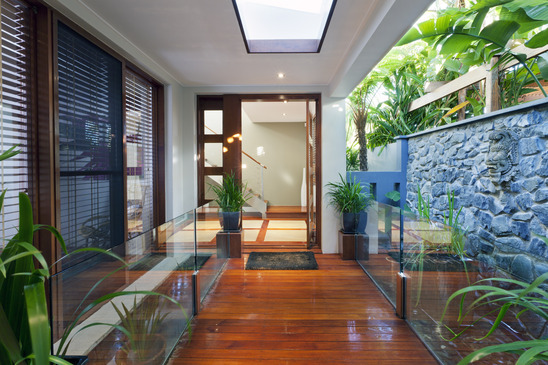 other type of flooring – it just naturally adds an air of sophistication to your home. When you have hardwood floors installed, you want to make sure they look beautiful for many years to come. The following maintenance tips will help you keep your hardwood floors looking like new.
other type of flooring – it just naturally adds an air of sophistication to your home. When you have hardwood floors installed, you want to make sure they look beautiful for many years to come. The following maintenance tips will help you keep your hardwood floors looking like new.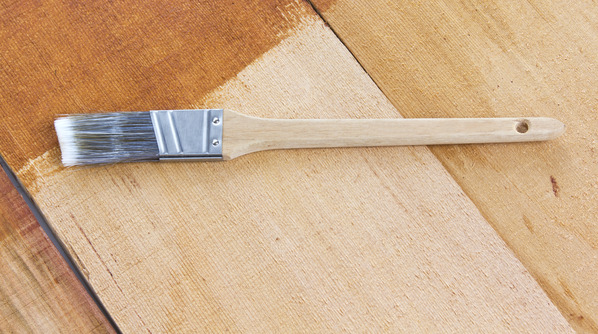 Before you start stressing over patterns and colors for your kitchen floor, you need to make one basic decision – light or dark. Once you make that decision, the rest will fall into place.
Before you start stressing over patterns and colors for your kitchen floor, you need to make one basic decision – light or dark. Once you make that decision, the rest will fall into place.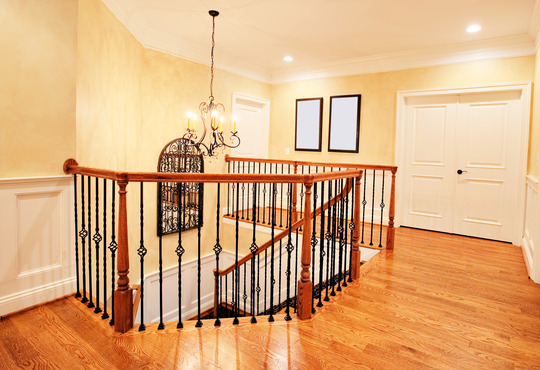
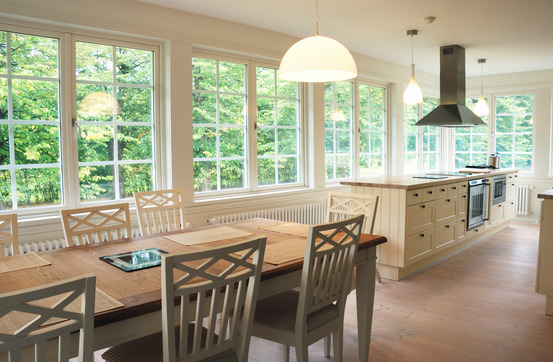 Proper maintenance of wood floors also takes some knowledge of the dos and don’ts of caring for them.
Proper maintenance of wood floors also takes some knowledge of the dos and don’ts of caring for them. What is cork flooring?
What is cork flooring?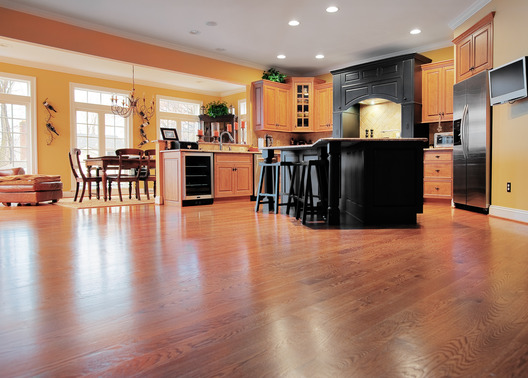 When you’re ready to upgrade to wood and change the look and feel of your home throughout, simply deicding on “wood” isn’t your stopping point. In fact, its just the beginning.
When you’re ready to upgrade to wood and change the look and feel of your home throughout, simply deicding on “wood” isn’t your stopping point. In fact, its just the beginning.